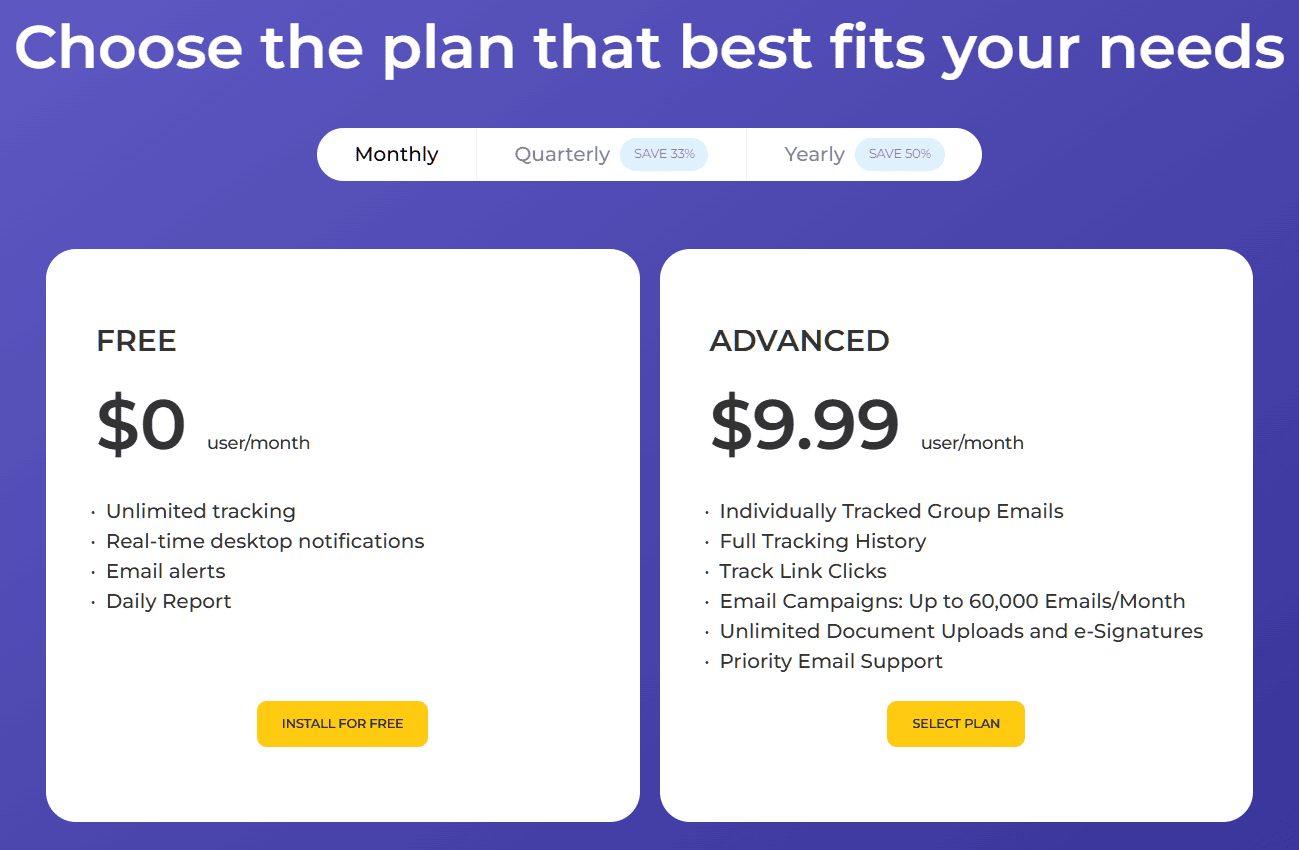How to Track Email Opens in Gmail - Top Tools and Options
lemwarm
December 9, 2024
|5 min read
Sending an email with Gmail is easy—knowing if it’s been opened? Not so much.
A standard Gmail account has no built-in open tracking.
Want to know how to track email open rate in Gmail anyway?
We’ll show you in the post below. ⬇️
Gmail’s Limitations ⚠️
Let’s get the bad news out of the way first.
Gmail offers no way to track opens in a scalable way.
In other words:
You need third-party solutions if you’re serious about tracking opens in Gmail.
You can, however, request read receipts to track the opens on a small number of individual emails.
Read Receipts ✅
A read receipt is a confirmation that a recipient has opened an email.
Requesting read receipts is a Gmail feature available only to paid Gmail Workspace accounts, and the organization’s administrator must enable it first.
But that’s not the only limitation:
- ➡️ Read receipts don’t work for campaigns. They are designed to track opens on individual emails.
- ➡️ The read receipt request typically pops up when the recipient opens the email. The recipient must then click the correct button to send the read receipt back to the sender. If they don’t, the open will not register.
- ➡️ Recipients can disable receiving read receipt requests, or their external client may not support them.
- ➡️ Many people consider read receipt requests intrusive—despite their apparent transparency versus tracking with a hidden tracking pixel.

How to send read receipt request in Gmail
To track opens for individual emails, requesting a read receipt may be sufficient.
Provided you have a paid Google Workspace account, and your organization’s administrator has enabled read receipts, here’s how to send one:
- ➡️ In Gmail, click on Compose
- ➡️ Click on the More options menu (three vertical dots)
- ➡️ Check the “Request read receipt” option
- ➡️ Now, when you send the email, a read request will be sent with it.

If you don't see the Request read receipt option, you're not on a paid Google Workspace plan, or your organization's administrator has not enabled this feature.
Track Gmail Opens with Third-Party Tools 🛠️
The best way to track opens in Gmail is with third-party tools.
Read receipt requests are fine for an email or two, but you need to turn to external tools for scalable Gmail open tracking.
We’ll discuss 4 of these tools below.
1. MailTracker
MailTracker is a simple Chrome extension that tracks Gmail's email opens and link clicks.
It can also send you real-time notifications any time an email gets opened.
While you can view individual email opens and link clicks in the activity feed, there isn't a centralized dashboard to track your overall open rate.
MailTracker offers a free plan that tracks up to 20 emails per month.
The paid version removes this limitation and costs $24 a month.
2. Mailsuite
Mailsuite, also a Chrome extension, goes beyond open tracking.
It also allows you to send to multiple recipients simultaneously and even has a campaign feature with basic personalization options.
In fact, with Mailsuite, you can send up to 10,000 emails simultaneously and track their opens, link clicks, and even how recipients access attached documents.
Mailsuite’s free version lets you track unlimited emails, but you'll need the paid version for the campaign feature and individually tracked group emails.

3. lemlist
lemlist is a complete sales engagement platform that allows you to track opens and a whole sleeve of other engagement metrics.
You can connect your Gmail account to lemlist with a few clicks and check all the important metrics on lemlist’s dashboard.

lemlist lets you create multichannel outreach campaigns, including email, LinkedIn messages (text and voice), and cold calls.
While open rates (and other stats) aren’t available directly in the Gmail interface, you can still manage and respond to all the replies your campaigns generate there.
4. Right Inbox
Right Inbox is an extension for Chrome, Firefox, and Safari.
The extension helps you track who opens and clicks on your emails.
You can see each email's open and click status in your Gmail account interface.
You can also schedule follow-ups, create multiple signatures, and personalize emails using mail merge.
Right Inbox’s free version tracks only 5 emails per month and lacks some of the advanced features we just mentioned.

Open Rate in Distress 😟
After all this talk about tracking opens, it’s important to understand that open rates are no longer as reliable as they once were.
Email open tracking usually works by embedding an invisible tracking pixel in the email, which registers when the email is opened.
However, configurations put forth by email service providers have made life hard for tracking pixels.
The tracking pixel either gets:
- Preloaded before the recipient even opens the email, i.e., all emails register as opened even if they are never actually opened.
- Or, blocked from ever loading, i.e., all emails register as unopened even if they do get opened.
If you want more information on the misery that open rates are going through, we recommend you read: Should you care about email open rates?
The Final Thought 🤓
Even though Gmail doesn’t offer professional built-in open tracking, you still have options.
You can use tools like lemlist to monitor opens in a scalable manner.
That said:
It’s important to remember that open rates are no longer reliable, and the open rate data will be distorted.
For best results, combine open tracking with other engagement metrics like clicks, replies, and number of meetings booked to measure your campaign success more accurately.